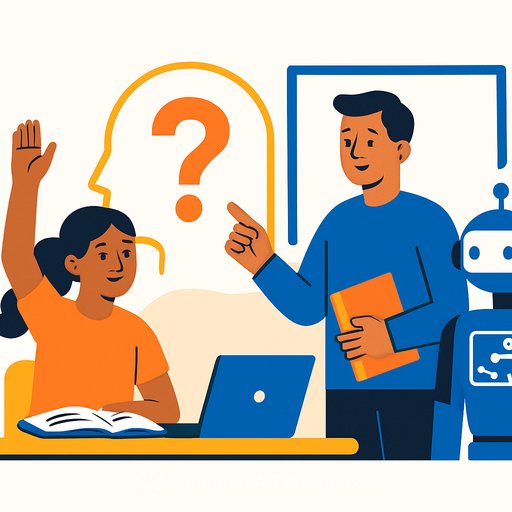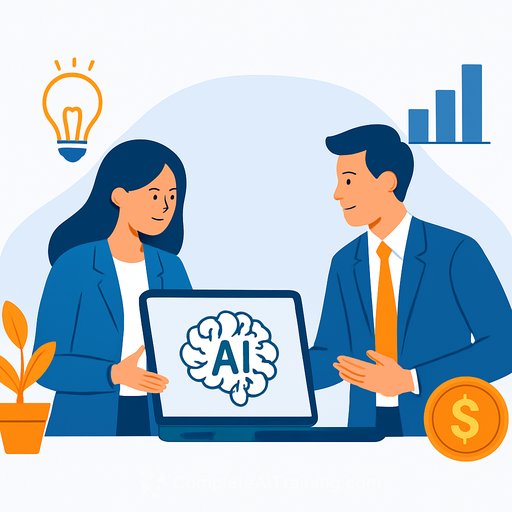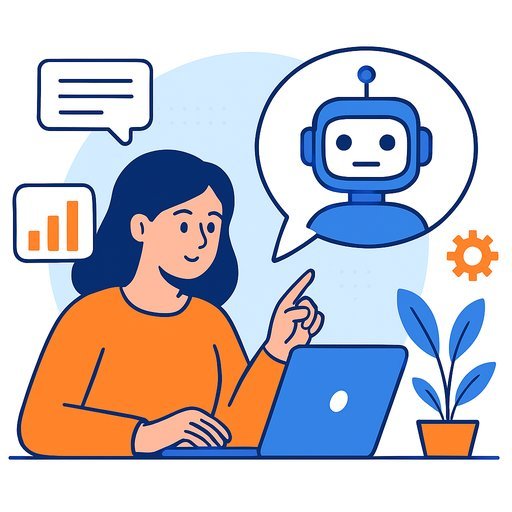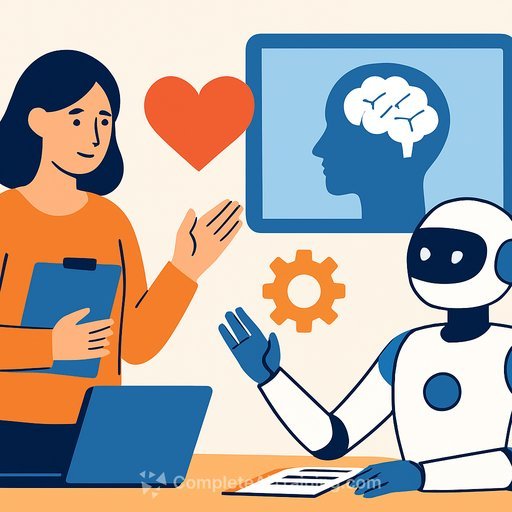First Person: The Value of Curiosity Over AI-Driven Lesson Planning
In a third-grade classroom, a boy spent over an hour adjusting a catapult he built, measuring launch distances, and recording data. His discovery—that a longer arm launches farther—was made through his own experiments. This moment wasn’t about delivering a physics lesson; it was about pure, self-driven learning.
Last year, students pursued personal learning projects of their choice. This student’s exploration involved math, physics, history, and data visualization, sparking curiosity not only in him but also in his classmates. They debated angles and compared siege engines, all driven by genuine interest rather than obligation.
The AI Training Initiative and Its Concerns
Recently, the American Federation of Teachers announced a $23 million partnership with Microsoft, OpenAI, and Anthropic to train educators on using AI "wisely, safely, and ethically." The focus includes generating lesson plans and automating routine communications. While AI can lighten administrative loads, there’s concern this initiative pushes teachers to outsource core teaching tasks to algorithms.
Examples from the training show teachers using AI to find the “right voice” when burned out or for late-night lesson planning. This risks replacing human judgment with AI at the moment students need authentic human guidance the most. Teaching is more than efficient content delivery—it’s about nurturing curiosity and critical thinking.
Why Process Matters More Than Product
Teachers often worry about cheating and plagiarism with AI, fearing students might outsource their thinking. Yet, shortcuts aren't new—students have used study guides or Google before AI tools like ChatGPT. The real issue is valuing finished products over the messy, essential process of learning.
Education needs to reward curiosity and inquiry rather than predetermined answers. Professional development should focus on helping teachers foster environments where confusion is part of learning, and intrinsic motivation drives discovery.
Trusting Students’ Natural Drive to Understand
That boy with the catapult didn’t need a scripted lesson plan. He needed freedom, materials, and time. The teacher’s role was to step back and trust his curiosity. Real learning happens when educators inspire questions, model intellectual courage, and build communities where wonder thrives.
The future belongs to those who can blend AI tools with human wisdom, ethics, and creativity—but only if we maintain the independence to guide AI instead of relying on it. Genuine learning happens in the spaces between subjects, in questions sparked by curiosity, and in collaborative thinking. These moments can’t be rushed or automated.
Supporting Educators in the Age of AI
- Use AI to reduce administrative tasks, not to replace lesson planning or teaching decisions.
- Focus professional development on fostering inquiry, connection, and intrinsic motivation.
- Encourage classrooms where confusion and questions are valued as essential parts of learning.
- Maintain human judgment as central to education, especially when guiding students’ thinking.
Educators interested in learning how to use AI tools effectively for administrative purposes can explore Complete AI Training for practical courses and resources.
Your membership also unlocks:





